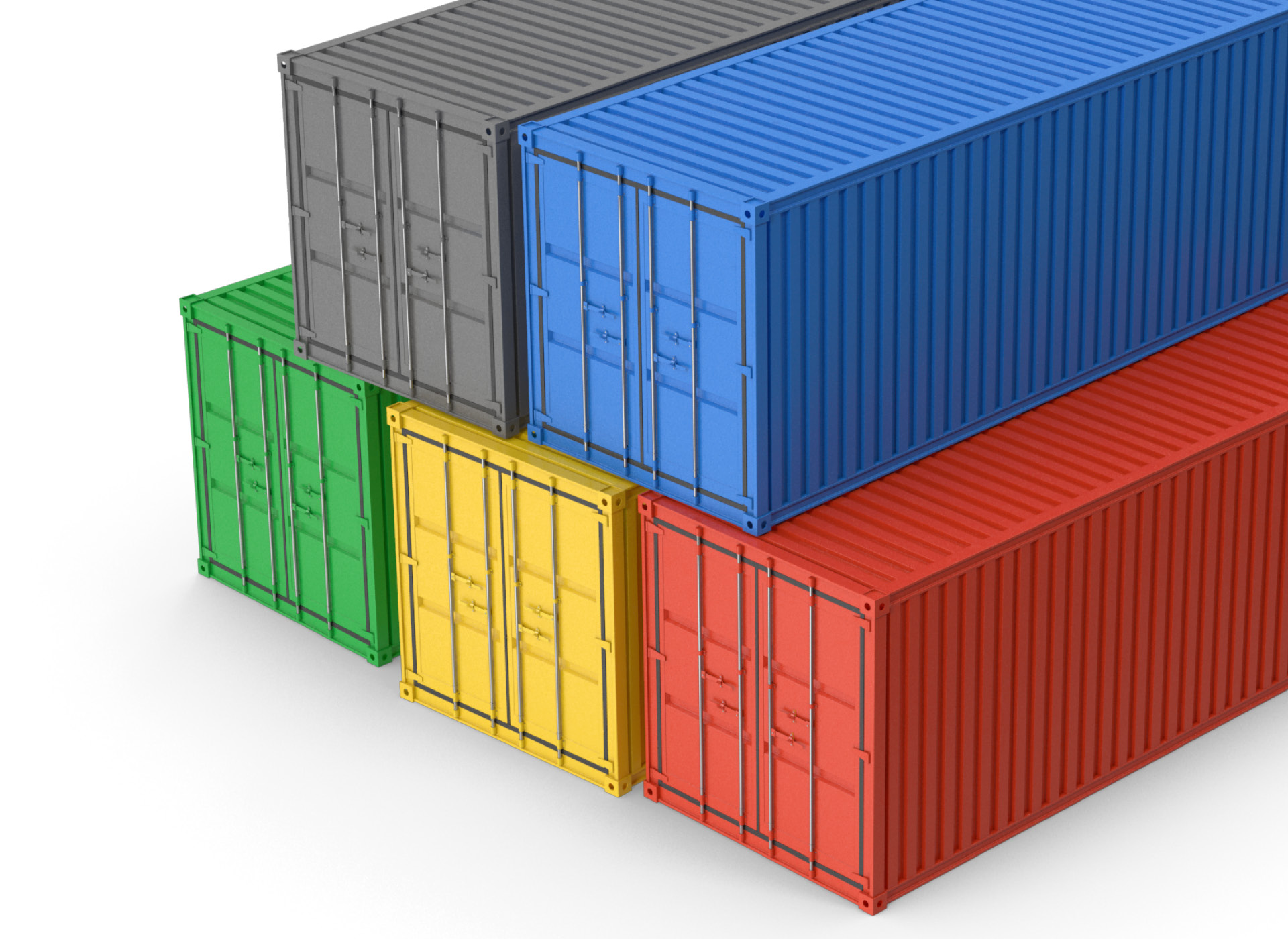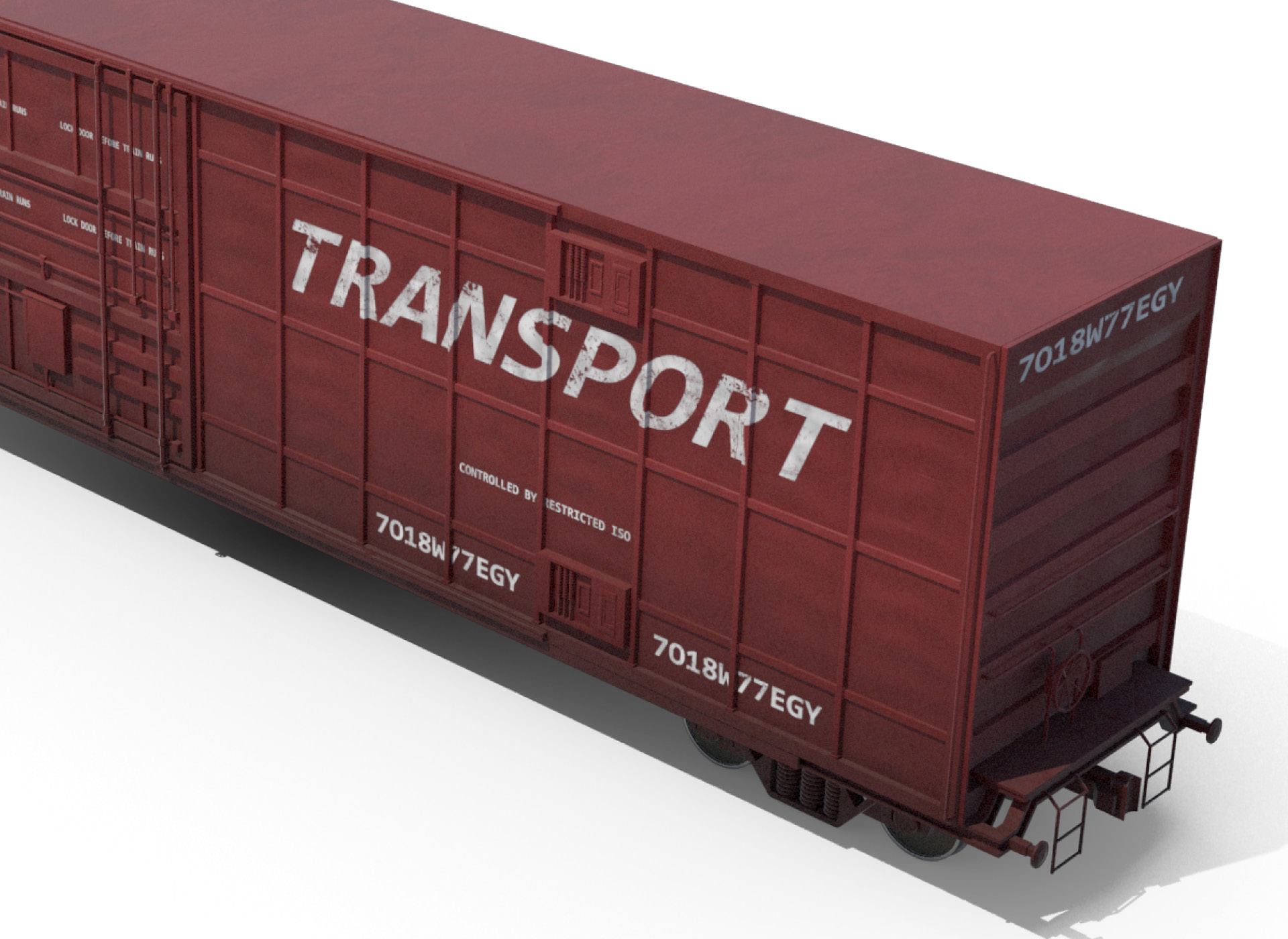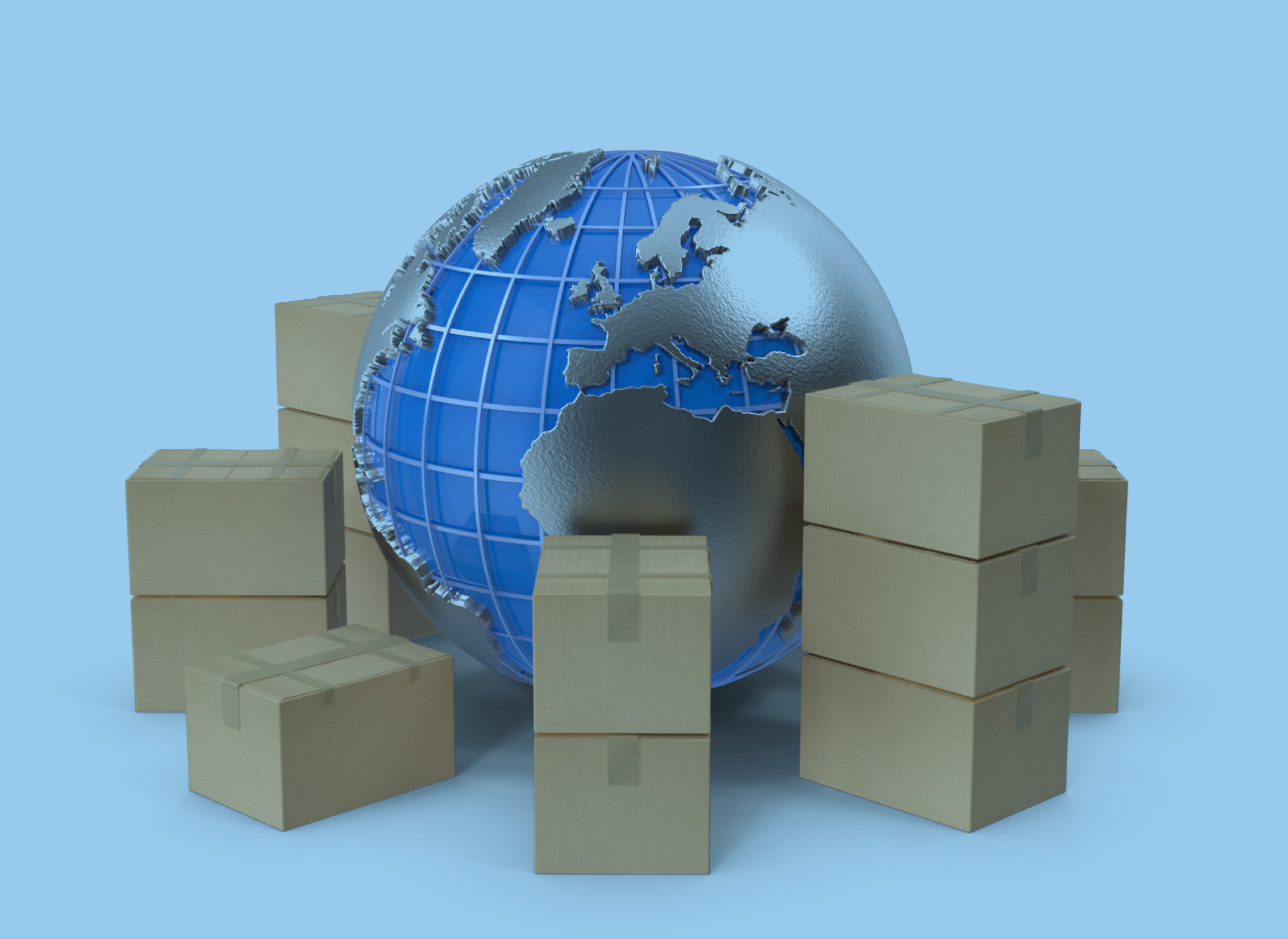The 21st Customs Forum, held last week in A Coruña, came at a particularly significant time for European foreign trade. The event not only brought together professionals from the sector but also confirmed a trend already evident in ports, terminals, and logistics operators: customs are entering a cycle of accelerated transformation where traceability, inter-institutional coordination, and data quality are beginning to determine the speed—and legal certainty—of any shipment.
The new EU Customs Code: When Data Becomes the Border
The reform of the EU Customs Code envisions a customs system capable of assessing risks even before a ship docks or a plane lands. Brussels’ proposal—which includes the creation of a European Customs Data Hub and enhanced status for trusted operators—outlines a system where the border ceases to be a physical point and becomes a continuous, data-driven process. For this to work, information must flow seamlessly between exporters, customs representatives, logistics operators, shipping companies, and authorities, with a level of consistency and verifiability that allows automated systems to detect risks, patterns, and anomalies in advance.
In this context, data quality becomes an operational element as critical as the container’s location itself. The system will assess the operator’s historical reliability, the consistency of the documentation, and the accuracy of the tariff classification, meaning that each declaration acts as a “trust indicator” for future operations. Therefore, a small error at the origin can be amplified at the destination: a misapplied TARIC code, an incomplete description, an incorrect country of origin, or documentation submitted late can trigger additional controls, alter the shipment’s risk profile, or even require reopening a case.
Traceability no longer depends on the document itself, but on the consistency of the data.

Spain Reorganizes Its Controls: The Integrated Model Accelerates Progress
While Europe redefines the digital border, Spain is reorganizing its physical border. The implementation of Ministerial Order OM PJC/756/2024 promotes real integration between External Health Services, SOIVRE (the Spanish Official Service for the Inspection, Supervision and Registration of Foreign Trade), Customs, and Agriculture. The idea of a “single control” is no longer just an ambition but a concrete process. Information will circulate between agencies without operators having to multiply procedures, promising reduced waiting times and the elimination of redundant inspections.
For freight forwarders—especially in ports with diversified cargo—this change means anticipation: understanding the new flows, building teams, and adapting systems to take advantage of the new structure rather than being hampered by it.
Preferential origin is once again a strategic factor… and a risk if not managed rigorously.
The update of the pan-Euro-Mediterranean framework for origin is one of the most significant developments of the year. While it may not generate headlines, it is redefining how manufacturers and exporters prove the preferential origin of their products. The new rules introduce flexibilities and stricter requirements depending on the sector, but all share a common requirement: verifiable traceability.

More Digital Ports: Less Paper, Greater Operational Visibility
Port digitalization is no longer just a theoretical concept. Initiatives like MOLA (Customs Logistics Operational Model)—a project driven by the Spanish Tax Agency, State Ports Authority, and various stakeholders in the maritime ecosystem—are moving towards platforms where public bodies and private operators share a common workspace for document and operational tracking. MOLA aims to synchronize the information currently distributed among shipping companies, consignees, terminals, inspection services, and customs, reducing the gaps that often lead to unnecessary delays, duplication, or discrepancies between systems. The principle is clear: that all stakeholders have access to the same information, at the same time, and in the same place, from the arrival of the file to the inspection and release of the goods.
In this new environment, data enters the port before the container, allowing for anticipating incidents, scheduling inspections with greater precision, and identifying critical points in the process even before the ship docks. The project also incorporates the idea of continuous shipment traceability: every update—a release, a document issue, an inspection order—is reflected in real time for all parties involved. This shared visibility reduces uncertainty and allows for more precise logistical decisions, such as organizing land transport or terminal planning.
For companies managing international operations, this interoperability translates into shorter wait times, better coordination, and greater transparency for the end customer. It also implies an evolution in shared responsibility: dysfunctions that could previously be attributed to a “lack of information” are now more exposed, which increases the importance of transmitting clean, complete data at the right time. MOLA is not just a technological advancement, but a shift in operational culture that requires each link in the chain to work with a higher standard of document quality, aligned with the vision of a more predictive, digital, and synchronized European customs system.
The bottleneck no longer depends on the dock: it depends on when and how the information arrives.

Predictive Customs: Europe as a Single System
The European vision will culminate in the construction of the European Customs Data Hub, a platform where member states will share information in real time. The result will be a more unified customs system, where a shipment can be analyzed at its origin using common criteria. Companies with reliable records will be processed more efficiently. Those with a history of issues will be subject to more intensive controls.
The changes that will be consolidated by 2026 are neither theoretical nor distant. They have direct implications for transit times, costs, and the perceived reliability of any operator in the supply chain.
Europe is building a more technical, integrated, and data-driven customs system. And in this scenario, logistical agility is not achieved at the dock, but much earlier: in the quality of the declaration, in the consistency of documentation, and in the ability to anticipate requirements.
